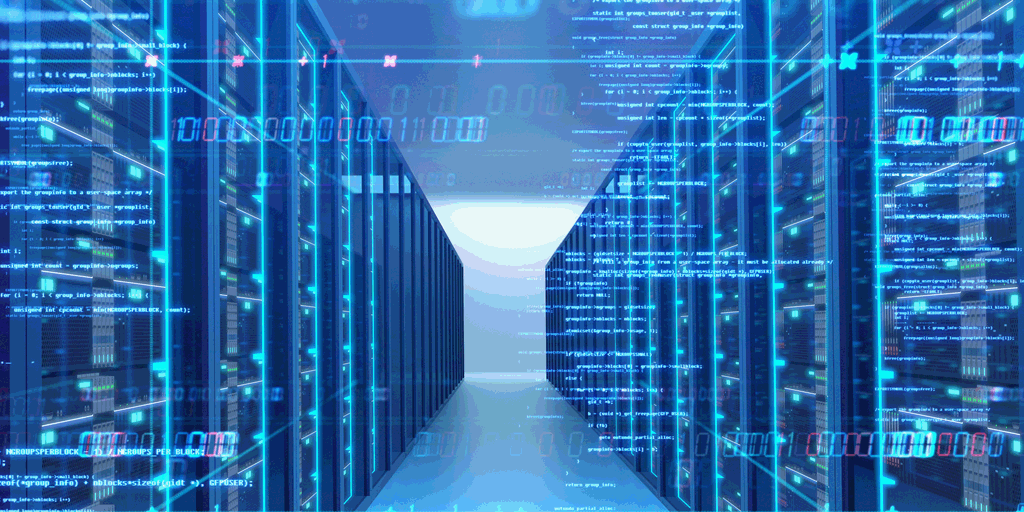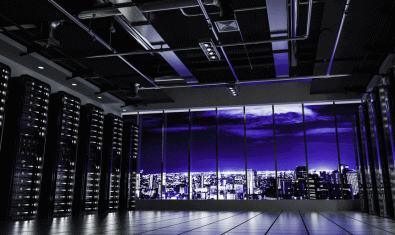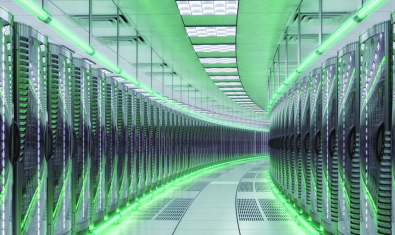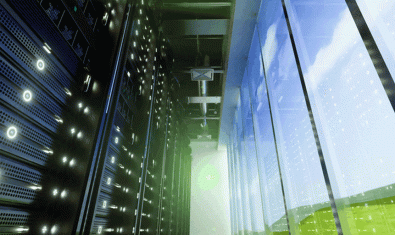February 27th, 2019
Data Centres and the Rise of Edge Computing

As edge computing increases in popularity, Dennis Frize, Wisetek UK Managing Director, asks what does this mean for existing data center equipment as businesses consider modernizing their digital infrastructure?
As a concept edge computing is – on one level – easy to understand. While the so-called ‘cloud’ isn’t really a cloud, and ‘fog’ computing isn’t grey and murky, edge computing is all about localizing computing power on the literal ‘edge’ of networks. Think of it as data ‘locally sourced’.




